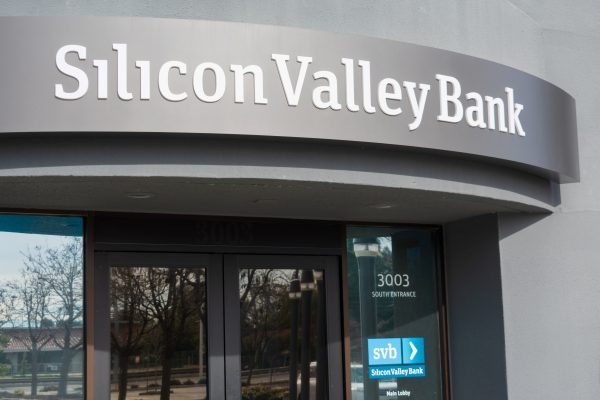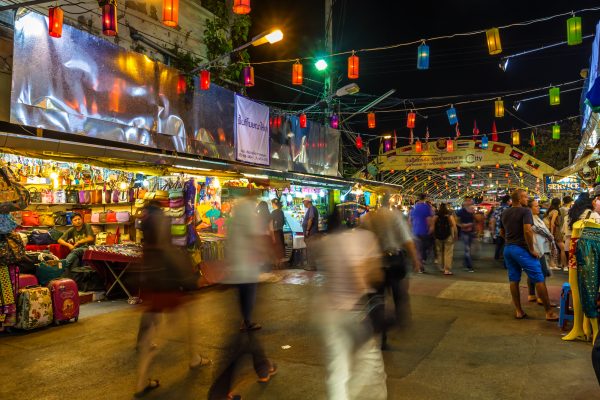Recent turmoil in American and European banks might have some people wondering about the health of banks here in Southeast Asia. Is the closure of Silicon Valley Bank in the United States likely to spill over and touch of a banking crisis in this region? It seems unlikely. In fact, while American regulators were racing to stabilize the banking system in March, Indonesian banks have had banner years, recording big profits and returning billions of dollars in dividends to shareholders. So what’s going on here?
During the COVID-19 pandemic, deposits at banks grew faster than usual. Because of lockdowns, people and businesses were unable to spend their money as they normally would and a lot of it ended up sitting around in bank accounts. This meant many banks saw their customer deposits rise by a lot. In banking, deposits are considered liabilities because the bank has to pay interest on them and customers can demand the money back. Loans are considered assets, because they generate interest income.
A rapid increase in deposits thus creates a bit of a problem, because it represents a sudden increase in liabilities. Deposits need to be translated into some kind of income generating asset otherwise the balance sheet won’t balance. This was a period when banks were probably also reluctant to issue too many new loans due to uncertainty in the global economy. So to make sure these deposits didn’t weigh down the balance sheet, during the pandemic many banks invested them in securities like bonds.
If we look at Silicon Valley Bank (SVB), for instance, deposits grew from $62 billion in 2019 to $189 billion in 2021, when people were mostly sitting on cash and receiving emergency checks from the government. The value of SVB’s gross loan portfolio increased from $33 billion to just $66 billion over the same time period. Clearly, SVB was not converting the majority of its new deposits into loans. Instead, they were investing them, mainly in securities. Their portfolio of investment securities went from $29 billion in 2019 to $128 billion two years later.
The market value of these investments went down when the Federal Reserve started raising interest rates, and this caused a run on the bank for various reasons. But the thing that exposed SVB to this risk in the first place is that as the deposit base grew during the pandemic, the bank parked most of it in bonds and failed to adequately hedge the interest rate risk. By 2021, it had way more investment securities on the books than loans.
Indonesian banks were confronted with the same puzzle in 2020 and 2021, as deposits also grew rapidly. There are a couple of important differences though. First, deposits in Indonesia did not grow as fast. The Indonesian government did not send out checks like the United States. Instead, a lot of pandemic aid was in kind – in the form of subsidized electricity or food distribution. So there wasn’t the same influx of savings into the banking system. From 2019 to 2021, deposits at Indonesia’s largest non-state bank, Bank Central Asia (BCA), increased 39 percent. That’s a big increase, but it’s not the 206 percent increase that SVB saw over the same time period.
Secondly, Indonesian banks are fairly conservative. The country has suffered several banking crises during its history, and that is reflected in the way its banks operate today. With more deposits on hand during the pandemic, BCA did what SVB did. It couldn’t convert all of the deposits into loans so it bought securities, including government bonds. BCA’s position in investment securities went from $11 billion in 2019 to $27 billion in 2022. But even with this uptick, securities comprised only 31 percent of assets in 2022, while the loan portfolio was equal to 53 percent. At SVB, investment securities represented 57 percent of assets in 2022, and loans 35 percent.
What this means is that BCA increased its investment position in securities substantially from 2019 until now, but it was and still is mainly in the business of making loans generated from deposits (and this is generally true of all Indonesia’s major banks). SVB, on the other hand, invested the majority of its new deposits into securities which exposed them to risk when the Federal Reserve started raising rates.
Indonesian banks mitigate some of this risk by operating like boring old fashioned banks. They take customer deposits and they loan them out. If deposits are rising they funnel a larger share into investments like bonds, but not to the point where this becomes the largest asset class on their balance sheet. Generally, it is loans backed by deposits that dominate the asset side of Indonesian bank balance sheets. If that stops being the case, that would probably be a good time to worry.

















;Resize=(1180))



Discussion about this post